Richard Avedon was known for his portraits with plain white backgrounds. Fred Herzog was famous for shooting Kodachrome film at a time when few photographers were working in color. Ren Hang gained recognition for his bold use of direct flash. For these legendary artists, having a recognizable aesthetic and distinctive point of view meant standing out from the crowd—and leaving an indelible mark on the history of photography.
In our increasingly visual culture, personal branding has never been more essential for photographers. Branding influences almost every facet of the photography business, from the work you make to the way you share it with the world. When it comes to getting noticed by editors, curators, and potential clients, building an identifiable brand can make all the difference.
In 2021, the most successful photographers are great artists, but they’re also keen business people and marketers. The good news is that in the age of social media, photographers have more control than ever over how they tell their stories, promote their work, and connect with their audiences. Here are our tips for finding your voice and growing your brand.
Develop your niche
Unfortunately, finding your lane isn’t something that happens overnight. You might dip your toes into several genres, from fine art to photojournalism to commercial photography, before discovering where you fit. Keep an open mind; follow photographers you admire for inspiration, and shoot a lot. You don’t need fancy gear right away; doing the work and practicing regularly is the most important part.
Also, consider merging multiple interests, passions, or values to create a unique focus for your work. 500px Ambassador Chun Chau, for instance, developed a one-of-a-kind perspective after combining his underwater photography talents and free-diving experience with his commitment to raising environmental awareness, especially in his home state of Hawaii.
Once you find a niche where you feel you belong, dive in, and become an expert at it. Get to know one subject, community, location, or story inside and out. Being great at one thing often beats being okay at many things. There are plenty of generalists out there, but if you can offer specialized skills in a specific niche, you’re more likely to outshine the competition. This isn’t something that you can rush, so give yourself space and time to explore and discover.
Refine your style
Once you find what stories you want to tell, it’s time to think about how you want to tell them. Is your style raw and expressive like Robert Frank or perfectly crisp like Edward Weston? It can help to write down some adjectives you’d use to describe your aesthetic (e.g., “polished,” “cinematic,” “moody,” “bright and airy”, etc.). Try to summarize who you are as a photographer in just one simple but descriptive sentence.
Some key elements to consider are your use of color, light, and texture. Consider developing a signature color palette and lighting style, and experiment with your camera settings to see whether you prefer a shallow or wide depth of field, motion blur or stillness, or even a touch of vintage film grain. For inspiration, consider Renat Renee-Ell and her unmistakable use of monochrome color, or check out Ueli Frischknecht’s use of lush, natural green tones. Karen Khachaturov is known for his surreal use of pastels.
Play with post-processing to see what works. You can download presets by artists you love to get a feel for the settings you prefer and then finesse them based on your tastes before ultimately creating presets of your own. Have fun with it; while it’s important to be aware of trends in the industry, you can also go against the grain and set trends of your own.
Take risks
Finding a niche and refining your style doesn’t mean limiting or restricting yourself to just one thing, so don’t be afraid to grow and step outside of your comfort zone. Photography is all about experimentation, so make time for personal projects and test shoots. Attend a workshop with your favorite photographer to learn new skills, or challenge yourself to try a different lighting setup.
500px Ambassador Dina Belenko, for example, is constantly experimenting behind the scenes, playing with new props and channeling historic movements like suprematism or conceptual art. Constant innovation will help you avoid getting stuck in a rut and push you to develop your voice further. Your brand will evolve and change. See what resonates with your audience, and use that to help direct your path in the future. They might notice something special you’ve overlooked.
Put your best foot forward
Part of branding is presentation, and because most people will encounter your work online first, building a professional presence is a must. Your photography website acts as your business card and portfolio rolled into one, so take some time to curate and finesse your selections and galleries. Make your first impression a lasting one, and consider asking your peers for feedback and ideas. It also helps to have a consistent aesthetic across your website and promotional materials, including business cards, logos, and print mailers.
It’s easy to build a custom website using 500px Portfolios, known for their photography-first designs and templates. They integrate with 500px.com, and they also make it simple to customize your site with your own branding, while providing a straightforward contact form for potential clients. Include your website link in pitch emails to editors and brands so they can browse more of your work.
Check out Sam Brockway’s Portfolio website here.
Build friendships
Online marketing can form the foundation of your business, but you can also forge lifelong relationships by attending workshops, conferences, portfolio reviews, gallery shows, and other events. Put yourself out there by reaching out to local photographers you admire or volunteering to assist them on set. Send promos or postcards to editors or gallerists you’d like to work with someday.
Be kind and persistent. Some of the best job opportunities and clients can come from networking with editors, curators, and other photographers, so nurture those relationships. Other people in the industry can also provide insight on what your brand could be and where your value lies, so keep an open mind.
Understand your value
It’s easy to undervalue yourself, but part of branding is charging fairly for your work. One famous example would be Pablo Picasso; according to art world folklore, when asked what one of his paintings represented, he once responded, “About $200,000.” Of course, this is an extreme example, and you don’t have to charge an arm and a leg for your work, but do some research on industry pricing in your niche and location. It’s okay to keep your prices low and accessible in the beginning and gradually increase them as you improve and build your brand. Plus, if you can offer something no one else does, it’s often worth the extra cost for clients.
Stay accessible
People want to know about the person behind the camera, so remember to share your personality as well as your work. That could mean posting an Instagram Live from a shoot in the studio, or it could mean hosting an “ask me anything” on Twitter. Use your captions to tell the stories behind your photos, how you created them, and the challenges you faced.
Take the time to respond to interesting questions and comments, and share a bit of your personal history in your website bio. Authenticity can’t be faked, so remember to be honest and open. It’s okay to be vulnerable and let people in behind the scenes. Share what makes you different and what experiences shaped your perspective, and chances are, it’ll resonate with others as well.
Not on 500px yet? Click here to learn about Licensing with 500px.


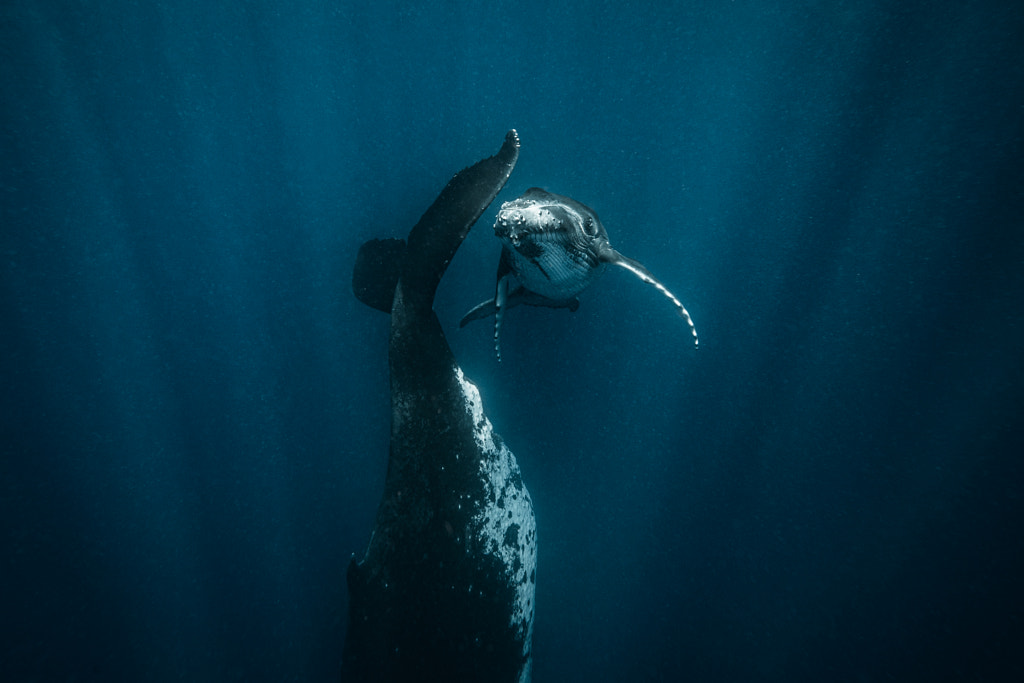

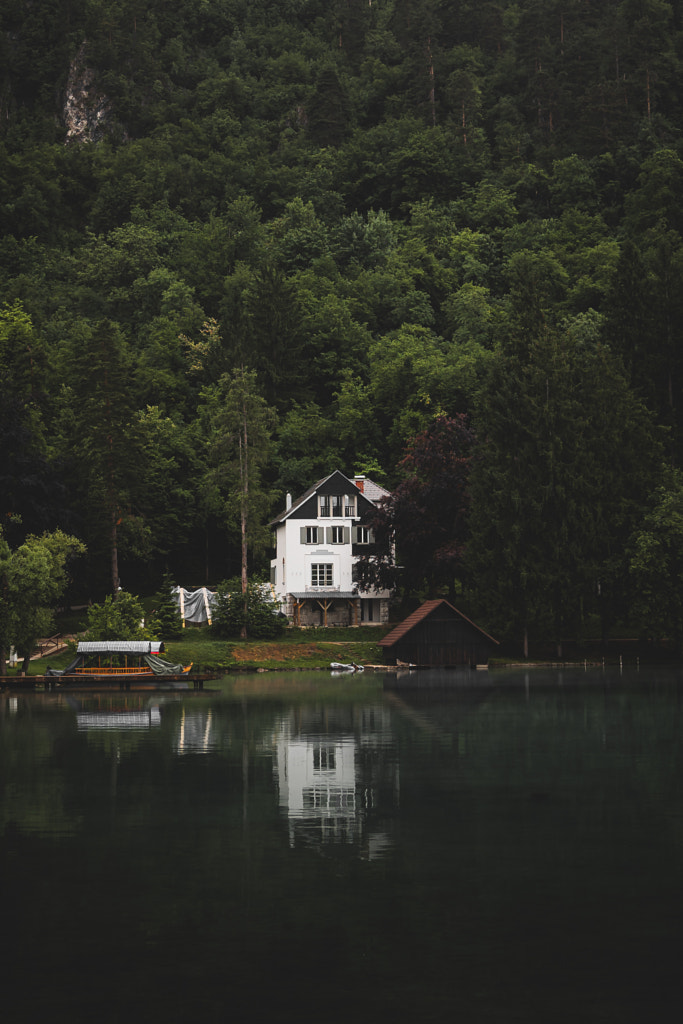
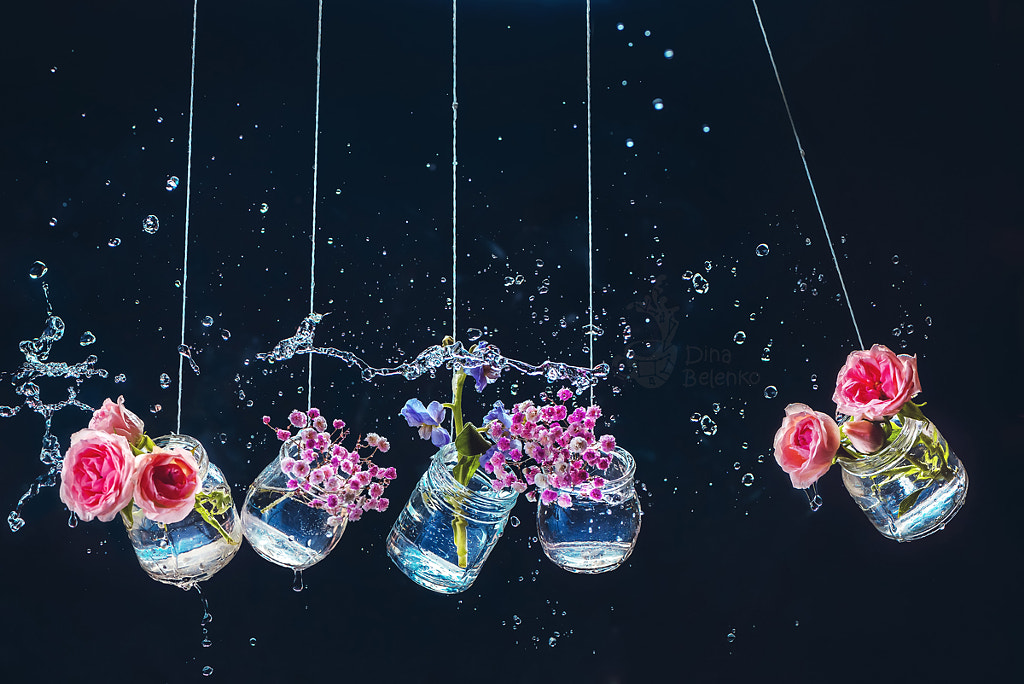
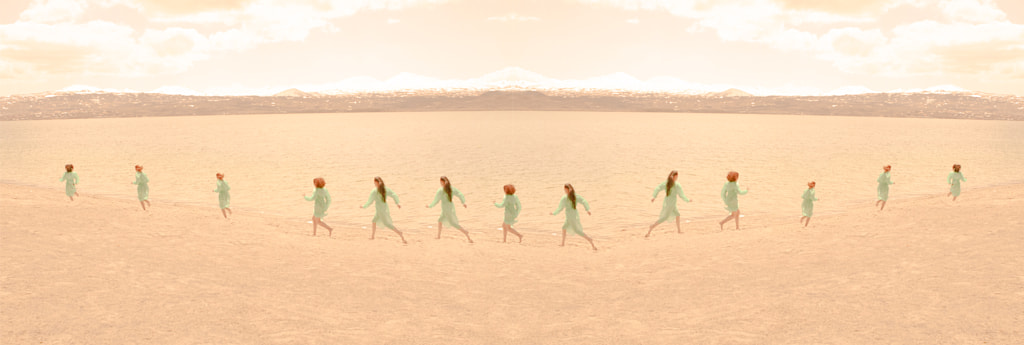





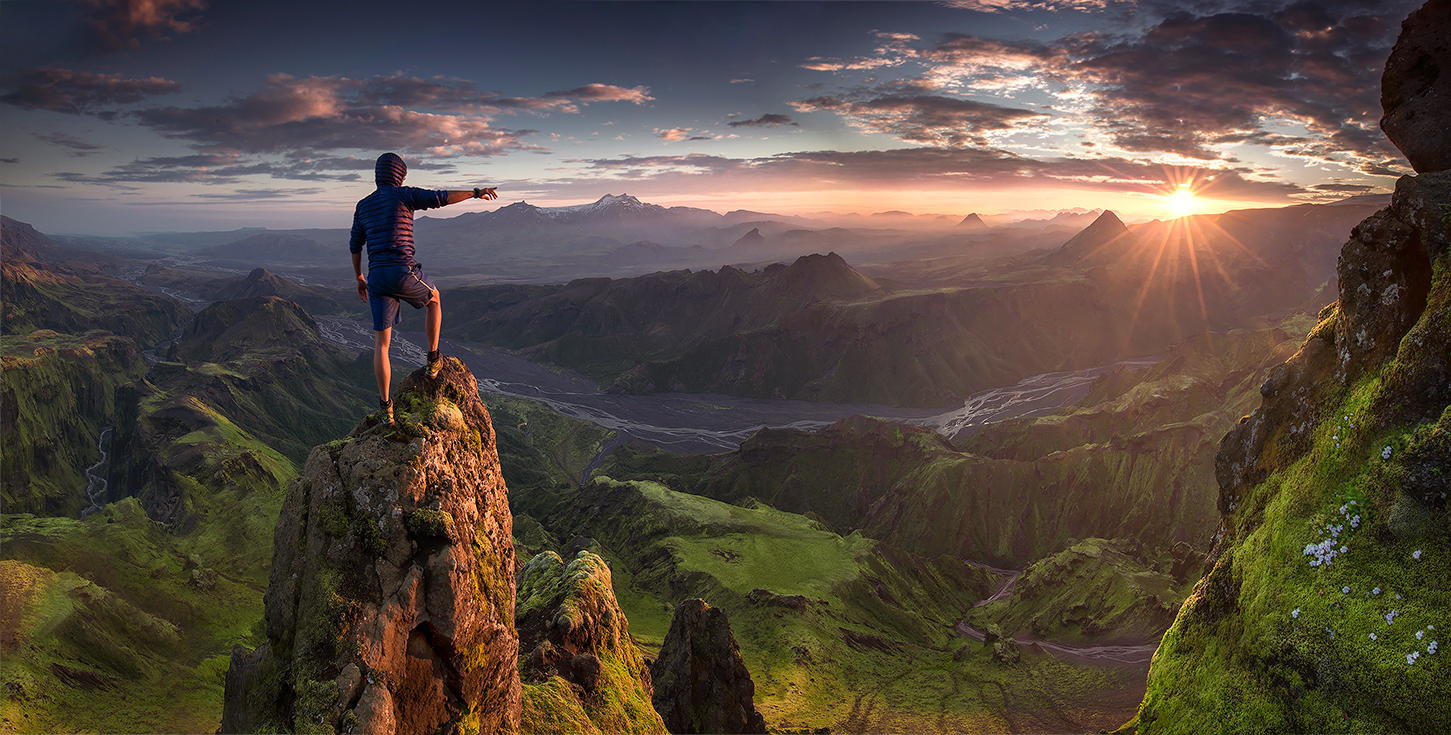


Leave a reply